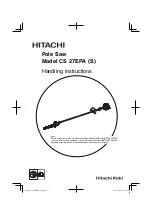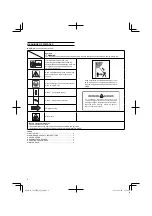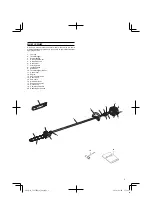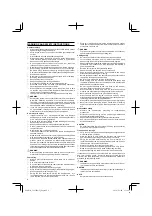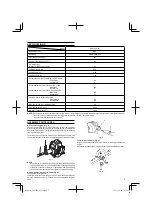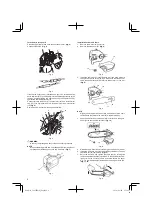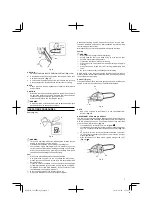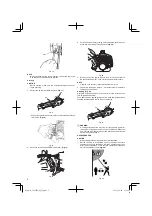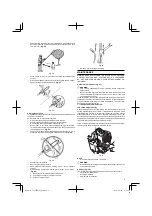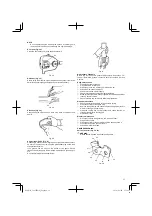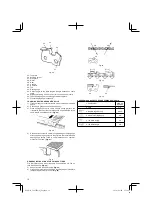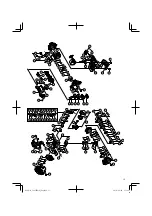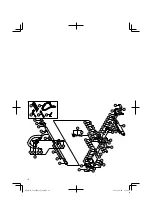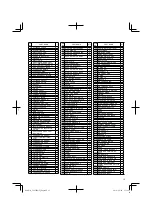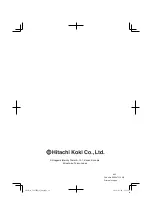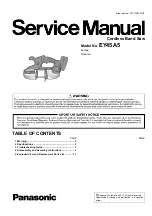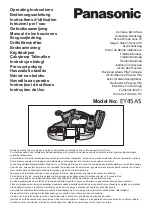
10
○
Unnecessary wear on the engine parts
○
Abnormal fuel consumption
32
Fig. 28
Clean the air
fi
lter daily or more often if working in exceptionally
dusty areas.
Cleaning the air
fi
lter
Remove the air
fi
lter cover and the
fi
lter (32). Rinse it in warm soap
suds. Check that the
fi
lter is dry before reassembly. An air
fi
lter
that has been used for some time cannot be cleaned completely.
Therefore, it must regularly be replaced with a new one. A damaged
fi
lter must always be replaced.
Fuel
fi
lter (Fig. 29)
Drain all fuel from fuel tank and pull fuel
fi
lter line from tank. Pull
fi
lter
element out of holder assembly and rinse element in warm water with
detergent.
Rinse thoroughly until all traces of detergent are eliminated.
Squeeze, do not wring, away excess water and allow element to air
dry.
Fig. 29
NOTE
If element is hard due to excessive dirt build-up, replace it.
Chain oil
fi
lter (Fig. 30)
Remove the oil
fi
lter and thoroughly wash it in solvent.
Fig. 30
Spark plug (Fig. 31)
The spark plug condition is in
fl
uenced by:
○
An incorrect carburetor setting
○
Wrong fuel mixture (too much oil in the gasoline)
○
A dirty air
fi
lter
○
Hard running conditions (such as cold weather)
These factors cause deposits on the spark plug electrodes, which
may result in malfunction and starting di
ffi
culties. If the engine is
low on power, di
ffi
cult to start or runs poorly at idling speed, always
check the spark plug
fi
rst. If the spark plug is dirty, clean it and check
the electrode gap. Re-adjust if necessary. The correct gap is 0.6
mm. The spark plug should be replaced after about 100 operation
hours or earlier if the electrodes are badly eroded.
0.6 mm
Fig. 31
NOTE
In some areas, local law requires using a resistor spark plug
to suppress ignition signals. If this machine was originally
equipped with resistor spark plug, use same type of spark plug
for replacement.
Mu
ffl
er (Fig. 32)
Remove the mu
ffl
er and clean out any excess carbon from the
exhaust port or mu
ffl
er inlet every 100 hours of operation.
Fig. 32
Cylinder (Engine cooling) (Fig. 33)
The engine is air cooled and air must circulate freely around engine
and over cooling
fi
ns on cylinder head to prevent overheating.
Every 100 operating hours, or once a year (more often if conditions
require) clean
fi
ns and external surfaces of engine of dust, dirt and oil
deposits which can contribute to improper cooling.
Fig. 33
000Book̲CS27EPA(S)̲Eng.indb 10
000Book̲CS27EPA(S)̲Eng.indb 10
2014/06/04 15:14:27
2014/06/04 15:14:27

